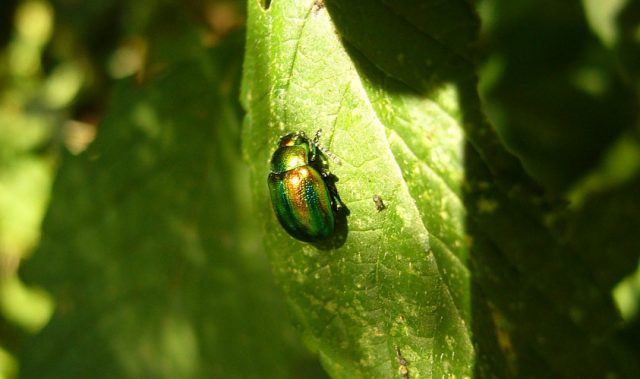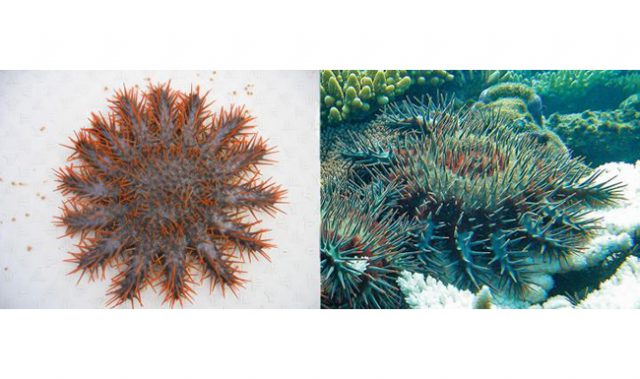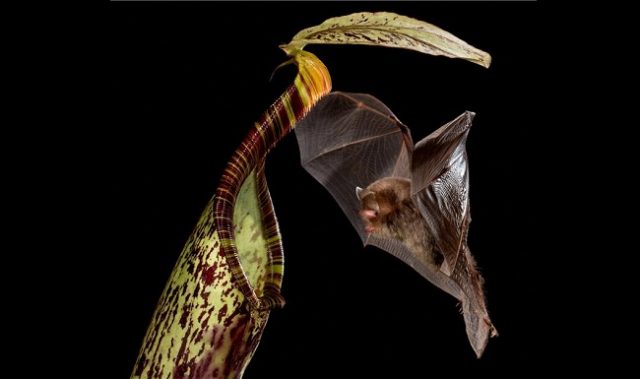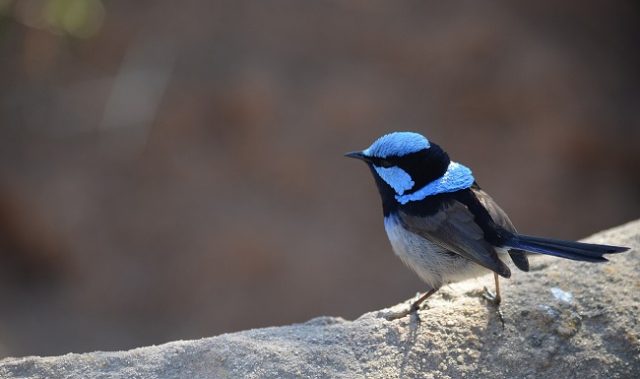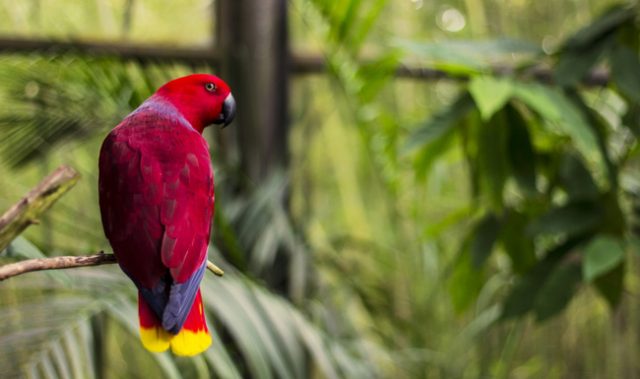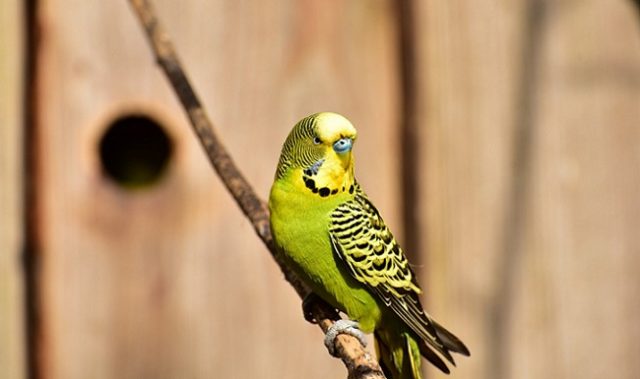
AsianScientist (Jun. 18, 2012) – Australia’s oceans will be protected by the world’s largest network of marine reserves, announced Environment Minister Tony Burke on Thursday last week.
The number of marine reserves – once proclaimed under national environmental law – will increase from 27 to 60, expanding the national network to cover more than a third of Commonwealth waters.
“For generations Australians have understood the need to preserve precious areas on land as national parks. Our oceans contain unique marine life which needs protection too,” he said.
“We have an incredible opportunity to turn the tide on protection of the oceans and Australia can lead the world in marine protection.”
The new marine reserves take the overall size of the Commonwealth marine reserves network to 3.1 million square kilometers, by far the largest representative network of marine protected areas in the world.
The jewel in the crown of the new network is the Coral Sea Marine Park that, together with the adjacent Great Barrier Reef Marine Park, will make up the world’s largest marine park, covering 1.3 million square kilometers.
Over a 12-month period, the Australian Government consulted with marine and tourism business representatives, environmental groups and members of the public through 250 meetings across the country.
Minister Burke said that they are now into the final 60 day consultation period. It is expected that the final marine reserves will be declared before the end of the 2012.
In welcoming the announcement, WWF expressed some concern that some of Australia’s most critical marine environments had been excluded from the marine park and left vulnerable to industrial exploitation.
“While this is a big step forward, oil and gas rigs are still moving closer to places like the stunning Rowley Shoals and Ningaloo Reef off Western Australia,” said WWF-Australian CEO Dermot O’Gorman.
——
Source: Australian Environment Ministry; WWF-Australia; Photo: Annabelle Sandes/WWF.
Disclaimer: This article does not necessarily reflect the views of AsianScientist or its staff.




